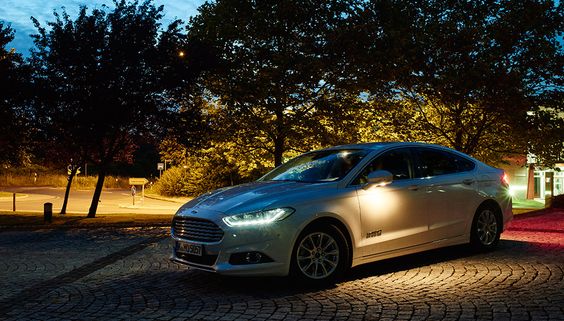Introduction:
Car lighting technology has come a long way since the days of simple incandescent bulbs. Today, advancements in LED, laser, and adaptive lighting systems are revolutionizing how we see and are seen on the road. These innovations offer enhanced visibility, improved safety, and a more stylish driving experience. This article explores the latest developments in car lighting technology, highlighting their benefits and the future of illumination on the road.

LED Lighting: The New Standard
LED (Light Emitting Diode) technology has become the dominant force in car lighting, replacing traditional halogen bulbs. LEDs offer numerous advantages, including:
- Increased Brightness: LEDs produce a brighter, whiter light, improving visibility and reducing eye strain.
- Energy Efficiency: LEDs consume significantly less energy than halogen bulbs, extending battery life and reducing fuel consumption.
- Longer Lifespan: LEDs have a much longer lifespan than traditional bulbs, reducing the need for frequent replacements.
- Faster Response Time: LEDs illuminate instantly, providing quicker reaction time in critical situations.
Laser Headlights: Pushing the Boundaries
Laser headlights, while still relatively new, are pushing the boundaries of car lighting technology. They offer even greater brightness and range than LEDs, providing exceptional visibility in challenging conditions. Laser headlights also boast:
- Sharper Beam: Laser beams are more focused and precise, reducing glare for oncoming drivers.
- Adaptive Beam Control: Some laser headlights can adjust their beam pattern based on road conditions and traffic, optimizing visibility and safety.
- Improved Energy Efficiency: Laser headlights are even more energy-efficient than LEDs, further reducing fuel consumption.
Adaptive Lighting Systems: Smart Illumination
Adaptive lighting systems are designed to enhance safety and visibility by adjusting the headlight beam pattern based on various factors, including:
- Steering Angle: The headlights turn with the steering wheel, illuminating corners and improving visibility in turns.
- Speed: The beam pattern adjusts based on speed, providing wider illumination at higher speeds.
- Traffic Conditions: The system can detect oncoming traffic and adjust the beam to avoid glare.
These systems provide drivers with optimal illumination in all driving conditions, enhancing safety and reducing fatigue.
The Future of Car Lighting: Beyond Illumination
The future of car lighting technology is bright, with ongoing research and development focusing on:
- Matrix LED Headlights: These systems use multiple LEDs to create a dynamic beam pattern, allowing for precise control of light distribution.
- Augmented Reality Headlights: These headlights project information onto the road, such as navigation instructions or warnings, enhancing driver awareness.
- Laser-Based Head-Up Displays: Laser technology can be used to create high-resolution head-up displays, providing drivers with critical information without taking their eyes off the road.
These advancements promise to further enhance safety, convenience, and the overall driving experience.
Conclusion:
Advancements in car lighting technology are transforming the way we drive, offering enhanced visibility, improved safety, and a more enjoyable driving experience. From the widespread adoption of LED lighting to the emergence of laser headlights and adaptive systems, the future of car illumination is bright, promising even greater benefits for drivers and passengers alike.




